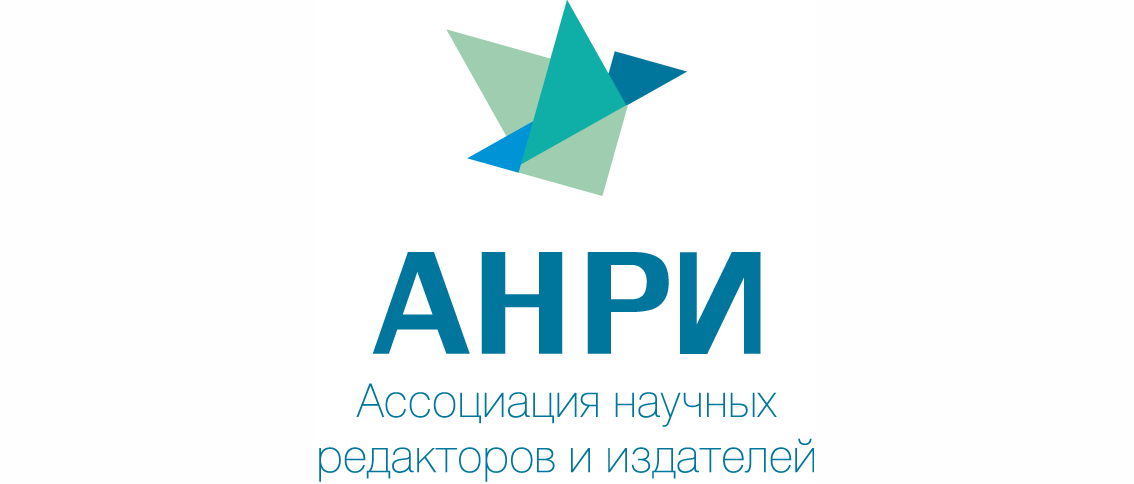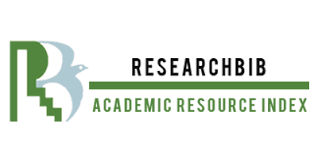
Nikiforov
Vladimir O.
D.Sc., Prof.
CONTENTS OF THE PAPER
The maximum paper length is 8 pages. Font is Times New Roman, font size is 12 pt, line spacing is 1, top margins are 20 mm, and the others are 25 mm. Indention is 10 mm. The paper includes the title, text, made-up figures, tables and a list of citing references. Length excess is possible only in consultation with the deputy editor-in-chief. Text grammar rules of the text should be based on English (USA).
The arrangement of the paper structural components:
Title
Names of authors
Abstract
Keywords
Acknowledgements
Text
- Introduction
- Sections of the main body with meaningful names
- Conclusion
- Literature
The paper title should be as concise as possible and reflect its contents. Abbreviations in the title had better not be present. The title must be written in lowercase letters (except for the first letter of the first word, proper names and abbreviations).
Authors. After the title, the authors are listed in the form: “First name Initial Last name”, as instance, “Adam L. Britten”. If there is no Initial, the full line of names should be present. The sequence of authors is within their discretion. Other information about the authors (affiliation) is formed by the editor in the make-up process.
An abstract is the content of the paper in brief. The length of the abstract is 250-400 words. It should contain: subject, aim, method or methodology of the proceeding, a brief description of the experimental procedure, obtained results (specifically), recommendations for their usage.
It is advisable that the abstract is being internally structured (for example, “Subject of Research”, “Method”, “Main Results”, “Practical Relevance”) but in the English text of the abstract you should not use the names of structured fragments. The abstract needs to be interpreted as a separate text not substituting itself for the introduction.
Abbreviations and acronyms are not desirable to be used in the abstract. But if necessary to be used, they must comply with the requirements of Abbreviations part below.
Keywords are 5-10 words in number. They make it easier to look for the paper. Words and groups of words marked as keywords should be present in the text. All keywords should be written in lowercase letters including the first word (except for proper names and abbreviations).
Acknowledgements. This section contains information about sources of research financing, names of scientific grants (specify issuing authority, the number and grant name); data about persons having contributed to research and paper preparing are given.
Introduction should present a meaningful statement of the issue in question, brief analysis of the solutions known from literature (with references to sources), criticism of their shortcomings and advantages (features) of the proposed approach. A distinct statement of the proceeding purpose is required.
The main (substantial) part of the proceeding should be structured into sections. They should have titles rich in content. The title like “Main part” is not allowed.
Introduction, sections and conclusion are not numbered, the reference in the text to the section numbering is impossible.
In the conclusion, the main resume on the substantial part of the paper is given. One should avoid simple enumeration of the material represented in the paper.
Literature, references, footnotes. It is advisable to follow the Harvard referencing style for bibliographic references. With the availability of the printed version for a monograph or paper it is advisable not to make a reference to an online version (see “Sample References”).
References to laws, decrees, orders, standards, governing documents, and electronic resources are advisable to be organized in the form of intra-textual footnotes (see “Sample References”).
One should avoid references with more than ten years’ prescription.
References to papers having been published in the foreign serial titles included into Scopus and Web of Sciences databases should make up not less than a half of the total literature list.
Names of the literature sources are given in their original language. With availability of the English version of the journal, it should be referred to.
If DOI is available in the literature source, it should be specified in the reference.
It is not permitted to replace the words with mathematical signs in the text: one should write “equal”, “it is equal”, not “=”; “some”, “about”, “on the order of”, instead of “~”; “less” instead of “<”; “more” rather than “>”, “not less than” rather than “≥”; “no more”, not “≤”. The term “on the order of” should be used with caution – only if the question is about the order of a decimal number (right – “on the order of 108”, wrong – “on the order of 1.4”).























